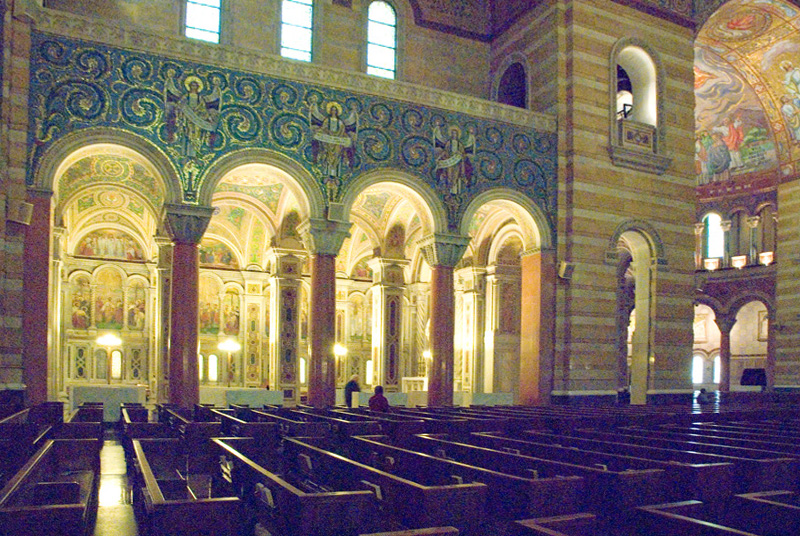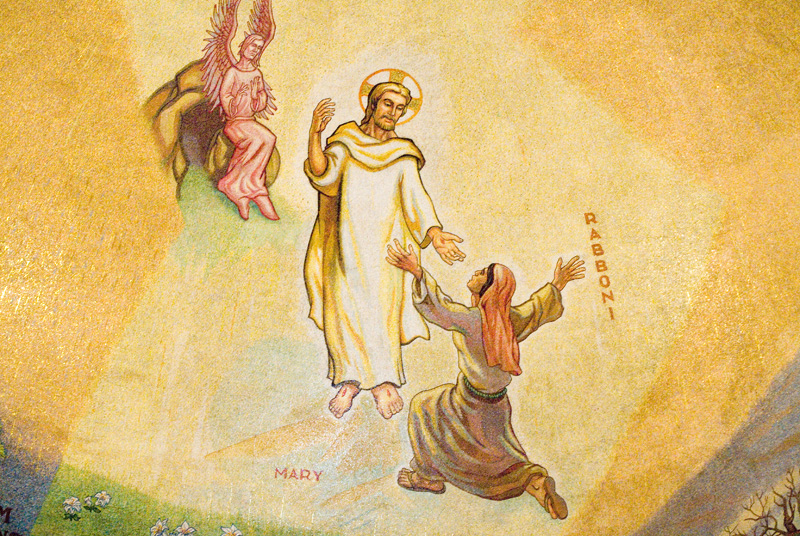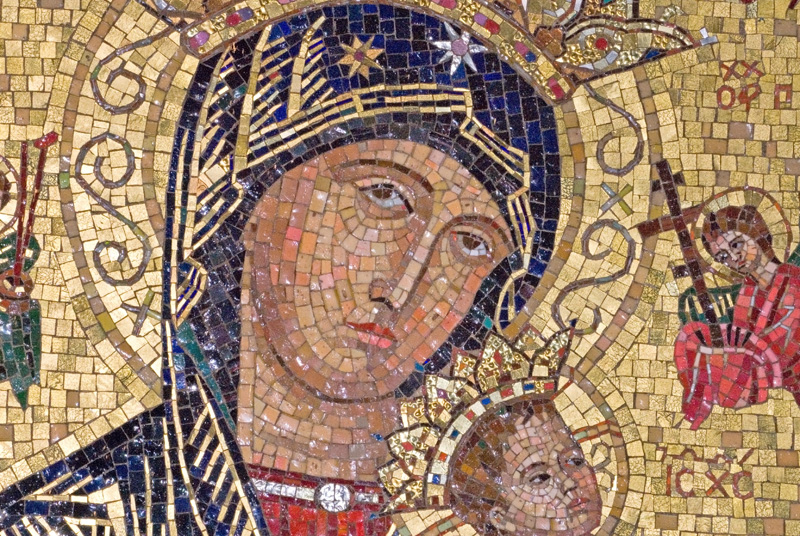Recovered from the Wayback Machine.
There’s a famous Catholic cathedral here in St. Louis: The Cathedral Basilica. It’s a beautiful building, with its green tiled dome and solid, hewn stone walls. What makes it unique, though, is its collection of mosaics. Only the Vatican has more mosaics.

I visited the Cathedral this week to scope it out for photographs for the MissouriGreen site. All visitors are welcome, with the only limitation on no photography in one small chapel to the side. They provide formal tours, but there are usually people about answering questions, providing stories of the mosaics, and the Byzantine architecture that inspired it. For instance, did you know that the balconies in many earlier churches were added so that pilgrims who traveled from afar could camp out there at night?

The cathedral has three inner arches, with the main one over an inner dome with a white marble statue of Jesus Christ on the cross. On either side are chapels, four in all, and each very different from the others. There’s also a museum, though I spent my time this first visit wondering about the main area.
I didn’t take a tripod, but will my next visit. I also didn’t have strobe lighting, and as such had to use the camera flash or a fast (and grainy) ISO and large aperture. However, I’ve seen photographs of the Cathedral all lit up and it doesn’t do the Church justice. The magic of the place is the muted shadows of the simple, dark wooden pews, and the dark gray of the limestone and marble walls, offset by the color of the glass tiles–all around you, above you, high above you so that you stand staring up until you become dizzy with the effort.
(I have been reassured that if I wish to lay down on the ground to take photographs of the ceiling, I am more than welcome, and they’ll try not to step on me.)

The mosaics range from a very old Italian style created by Tiffany’s of New York, to very modern style. One section depicts scenes of the Church in St. Louis, including images representative of various Native American tribes in the area. The other sections of the cathedral portray traditional bible stories. Surrounding the scenes are geometric shapes, brilliant in color, filling in here and there: on podiums, around alters, and even on signs. Not gaudy though, because of the quiet neutral color of the stone and wood–little in the way of gold work, and that mainly in touches of gold leaf, or brass.

There are only two relatively colorful stained glass windows; in fact few windows at all. It’s not a dark place, though. The lighting is soothing rather than penetrating, and even that on the tiles is just enough to display the pattern without overwhelming.
It’s hard for me to say what was my favorite mosaic. Probably the more modern ones because of the unusual scenes and subtle coloring. There was one, though, in the lobby, that caught my interest. It showed Christ holding up his hands in a gesture of welcome, and surrounding him were the words:
I have fought a good fight. I have kept the faith.

I rather liked the seal because its focus was on faith rather than religion; after all, keeping the faith extends beyond church, book, and priest.
I fight the good fight; I keep the faith. Sometimes that’s all I have in life, but I’m not religious. I like to believe that the rules, the dogma, the small and large intolerances come from religion; the acts of kindness and beauty, the serenity of place come from faith.
